纳米保温材料的性能测试毕业论文
2020-07-07 21:35:31
摘 要
当前广泛使用的有机或无机保温材料都有其缺陷与局限性。有机类保温材料易燃,会引发火灾,从而带来巨大的经济损失与安全隐患。常用无机类保温材料则在保温性能和耐用性上有所不足。
纳米二氧化硅由于其极低的导热系数而被用于绝热。但由于其低强度的特性,其应用被限于非承重结构。本文就上述材料的不足,提出了一种添加粘结剂的纤维增强纳米二氧化硅复合材料,此材料具有较高的强度,且不会牺牲其导热性。本文将从不同粘结剂和不同增强纤维这两个方向来进行摸索和研究。
在研究粘结剂材料时,主要采用了酚醛树脂和硅溶胶两种材料。其中酚醛树脂作为粘结剂能获得较理想的效果,而添加硅溶胶的样品因强度太低而无法满足要求。研究通过摸索得到了相对较好的添加比例,并测试了制品的强度和保温性能。
在研究增强纤维材料时,主要研究了硅酸铝纤维,氧化铝纤维和玻璃纤维三种材料。其中氧化铝纤维的增强效果最好,最佳的抗折强度可达5.36Mpa。硅酸铝纤维的增强效果稍逊氧化铝纤维,但也能满足日常的搬运与使用需求。而玻璃纤维因分散困难,未能达到预期中的理想效果。
关键词:纳米二氧化硅 保温材料 隔热 纤维增强
Abstract
No matter organic or inorganic insulation materials that are widely used currently have their defect and limitations. Organic insulation materials are flammable and can cause fires, resulting in huge economic losses and potential safety hazards. Commonly used inorganic insulation materials are insufficient in insulation performance and durability.
Nano-silica is used for thermal insulation due to its extremely low thermal conductivity, but due to its low strength properties, its application is limited to non-load bearing structures. In this paper, we propose a fiber-reinforced Nano-silica composite with a binder, which has high strength and does not sacrifice its thermal conductivity. This article will explore and study both the binder material and the reinforcing fiber material.
In the study of the binder material, two materials, phenolic resin and silica sol, were mainly used. Among them, the phenolic resin can be used as a binder to obtain a better effect, and the sample added with a silica sol can not meet the requirements because the strength is too low. The study obtained a relatively good ratio of addition through exploration and tested the strength and heat preservation performance of the product.
In the study of reinforcing fiber materials, aluminum silicate fibers, alumina fibers and glass fibers were mainly studied. Among them, alumina fiber has the best reinforcing effect. The best flexural strength can reach 5.36 Mpa. Aluminum silicate fibers have less reinforcing effect than alumina fibers, but they can also meet daily transportation and use requirements. The glass fiber, due to the difficulty of dispersion, failed to achieve the desired effect.
Keyword: Nano-silica; insulation materials; thermal insulation; fiber-reinforcing
目录
第一章 绪论 1
1.1 保温材料的定义 1
1.2 保温材料的分类 1
1.2 保温材料的使用现状 4
1.4 课题提出的背景与意义 6
1.4.1 课题的提出 6
1.4.2 研究内容 6
第二章 测试方法 8
2.1 实验原材料 8
2.2 实验设备 8
2.3 样品的制备 9
2.3.1 粘结剂的准备 9
2.3.2 保温材料样品的制备 9
2.4 材料测试方法 10
2.4.1 材料密度的表征 10
2.4.2 导热系数表征 11
2.4.3 力学性能测试 13
2.4.4 线收缩率的表征 13
第三章:不同粘结剂对保温材料性能的影响 15
3.1 酚醛树脂对保温材料性能的影响 15
3.1.1 酚醛树脂对保温材料抗折强度影响 15
3.1.2 酚醛树脂对保温材料密度与导热系数的影响 16
3.2 硅溶胶对保温材料性能的影响 17
3.3. 本章小结 17
第四章 不同增强纤维对保温材料性能的影响 18
4.1 硅酸铝纤维对保温材料性能的影响 18
4.1.2 硅酸铝纤维对材料导热系数的影响 19
4.2 氧化铝纤维对保温材料性能的影响 20
4.2.1 氧化铝纤维对抗折性能的影响 20
4.2.2 氧化铝纤维对材料密度的影响 21
4.2.3氧化铝纤维对材料导热系数的影响 22
4.2.4 氧化铝纤维对材料线收缩率的影响 22
4.3 本章小结 23
第五章 结论与展望 25
5.1 结论 25
5.2 展望 25
参考文献 27
致谢 30
第一章 绪论
1.1 保温材料的定义
所谓隔热保温材料,是一种能减慢降低由传导传热、对流传热、辐射传热所产生的热流的传递速率的材料。根据对保温材料的定义,保温材料指的是导热系数小于或等于0.12 W/(m·K)的材料。近年来,我国积极发展生产岩棉板、硅酸铝纤维制品、膨胀珍珠岩、泡沫玻璃、中孔微珠以及膨胀塑料和气凝胶等许多新型的隔热材料[1]。
1.2 保温材料的分类
保温材料可以按照材料成分的不同可以简单划分为有机类隔热保温材料和无机类隔热保温材料;也可以按照保温材料形状的不同来划分,如分为松散的保温材料和板状的保温材料。现如今,在各行各业使用最为密集的是无机纤维类隔热保温材料,例如玻璃棉、 岩棉、氧化铝纤维等。由于这些材料的原料储量丰富和低廉的价格而备受建筑行业和工业制造的青睐。本文将从材料成分这一分类方式来详细介绍保温材料。
1.2.1 有机类保温材料
(1)聚氨酯泡沫
聚氨酯泡沫是异氰酸酯和羟基化合物经聚合发泡制成[2]。它是一种轻质的保温材料,导热系数可达0.017~0.025 W/ (m·K)[3]。它的优点是密度小,耐用性较好等。它也被用于包装的内衬,隔音层和建筑物的墙体[4,5,6]。不添加阻燃剂的聚氨酯泡沫是易燃品,而添加了阻燃剂后,燃烧性能可达到B1级[3],但是同时也会降低其保温性能和力学强度。
相关图片展示:
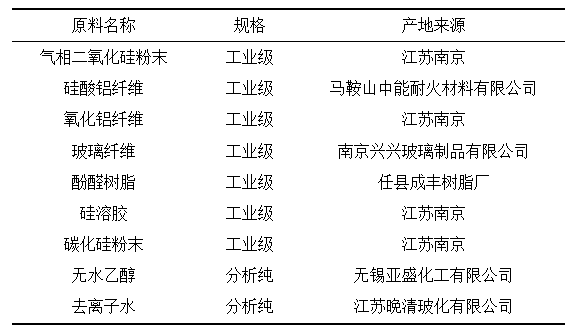
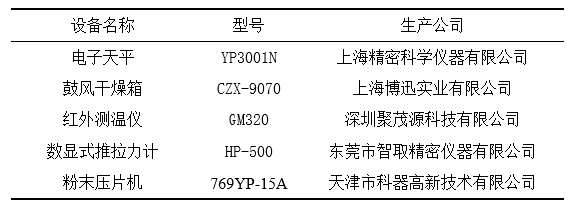
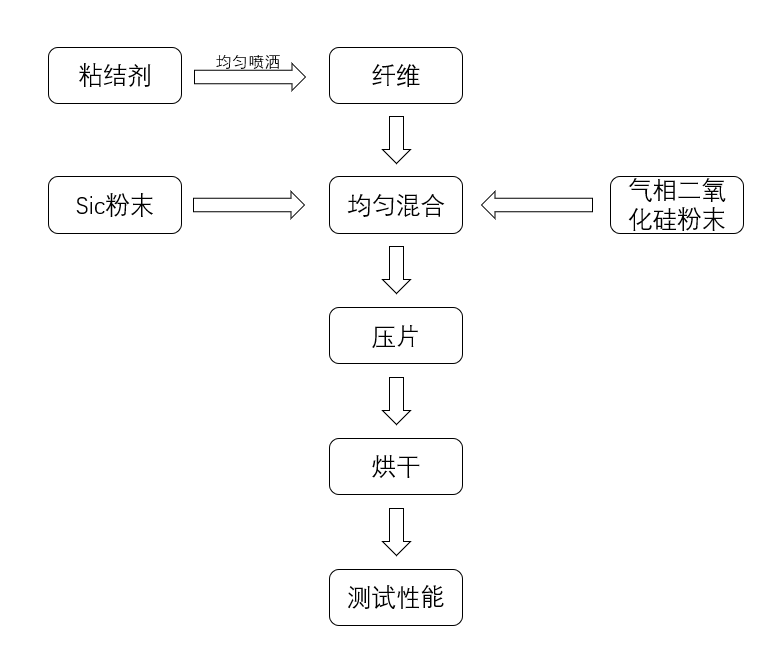
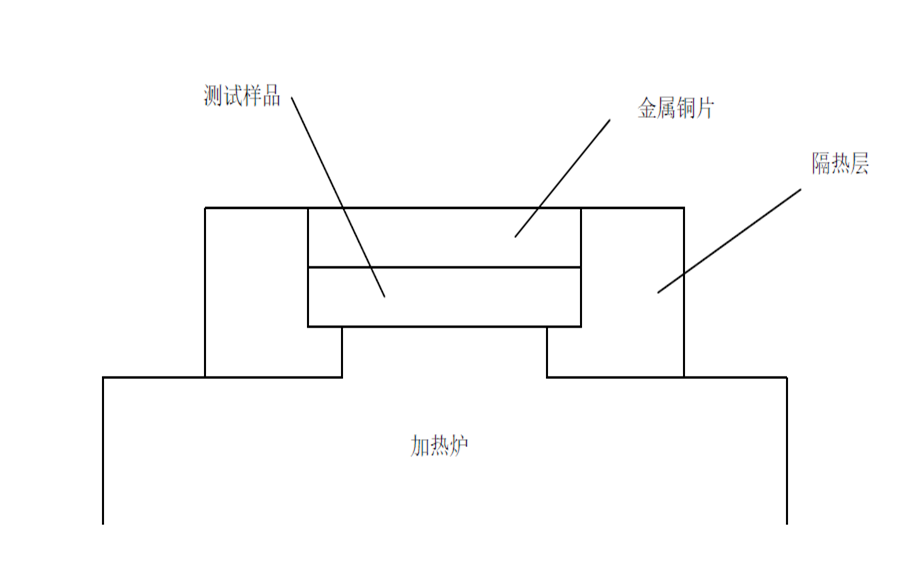
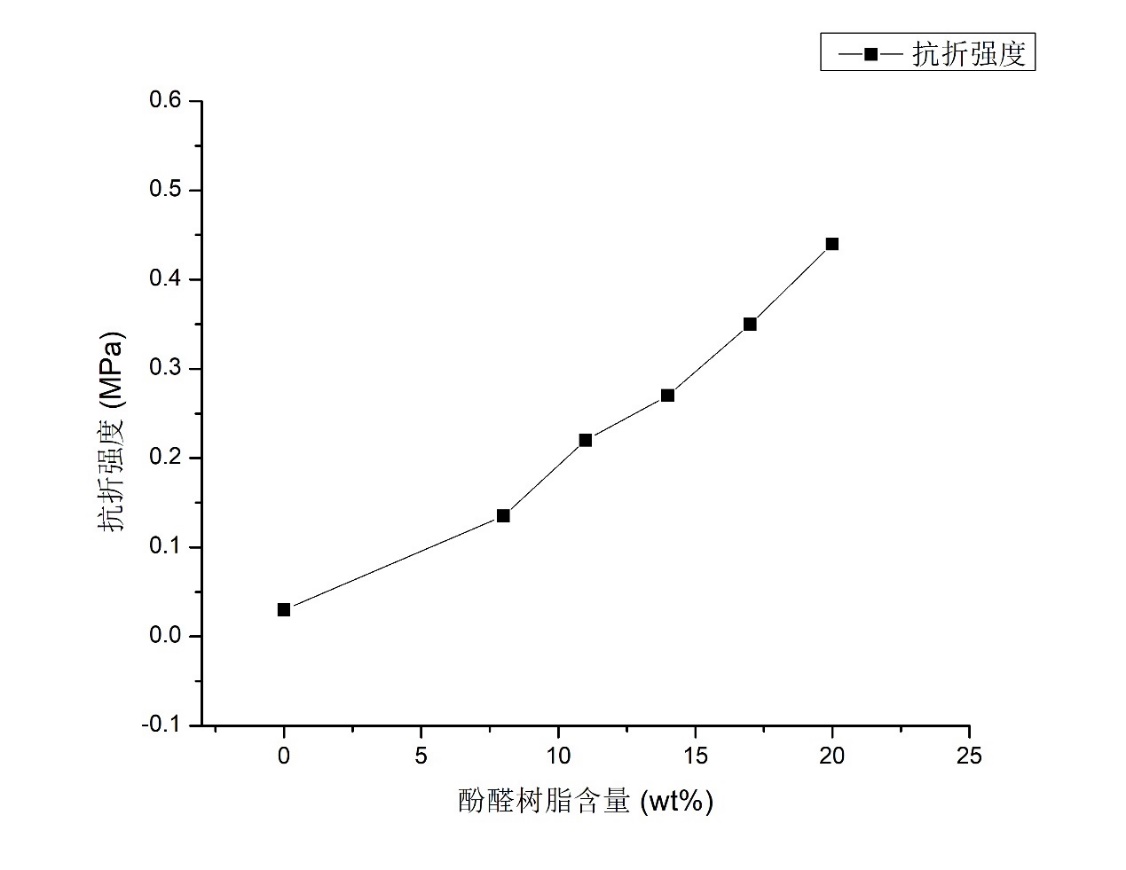
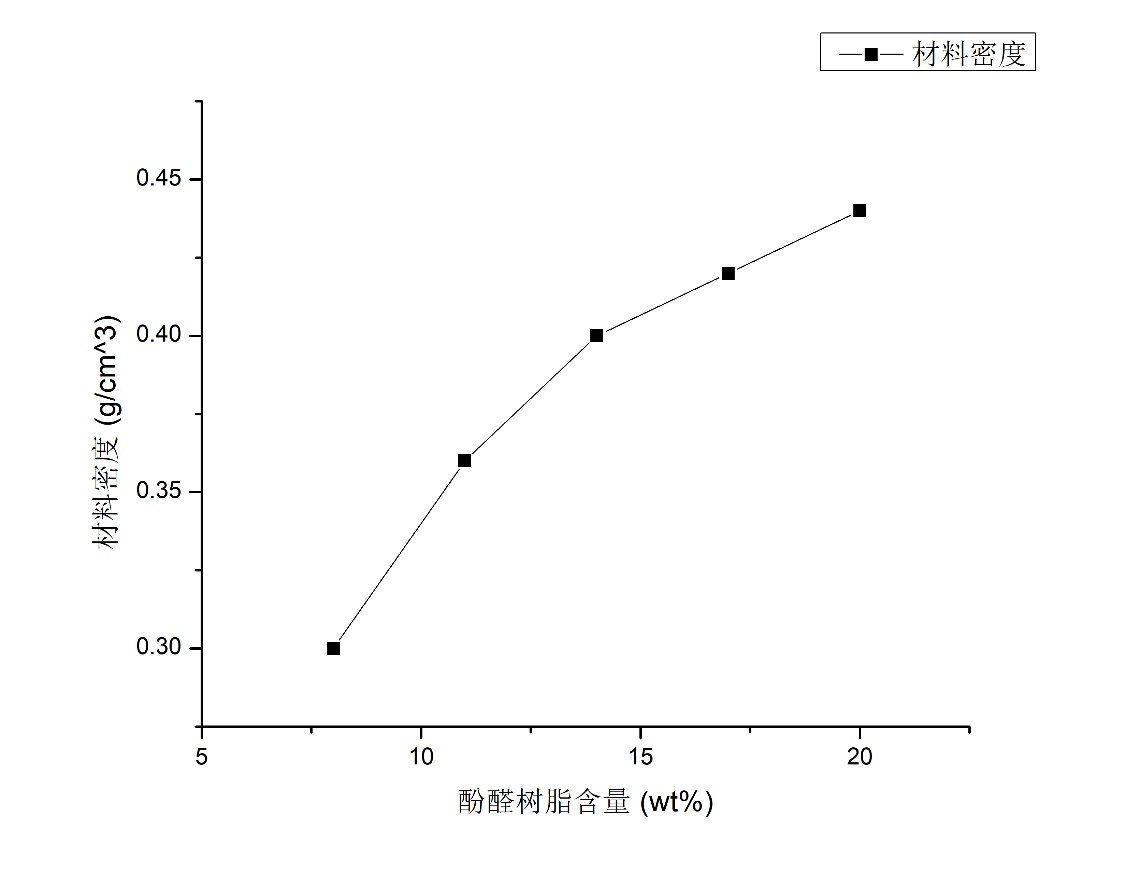
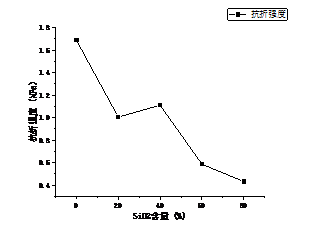
您可能感兴趣的文章
- 利用污泥和低质粉煤灰制备高强度陶粒外文翻译资料
- 注蒸汽井中硅含量对水泥石抗压强度的影响外文翻译资料
- 碳纳米管和二氧化锰纳米粒子修饰的少层石墨烯在高性能超级电容器中的应用外文翻译资料
- 高能MnO2纳米线/石墨烯和石墨烯不对称电化学电容器外文翻译资料
- 影响立式辊磨机性能的操作参数外文翻译资料
- 水泥行业立式辊磨机及其性能参数研究进展外文翻译资料
- 立式辊磨机遇滚磨机基于能量的比较外文翻译资料
- 一种工作在500℃以下用于固体氧化物燃料电池的铌和钽共掺杂钙钛矿阴极外文翻译资料
- 层状钙钛矿A位缺陷的理解: 促进质子陶瓷电化学电池水氧化和氧还原的双反应动力学外文翻译资料
- 基于细菌纤维素/木质素的柔性高石墨化碳气凝胶: 无催化剂合成及其在储能装置中的应用外文翻译资料




